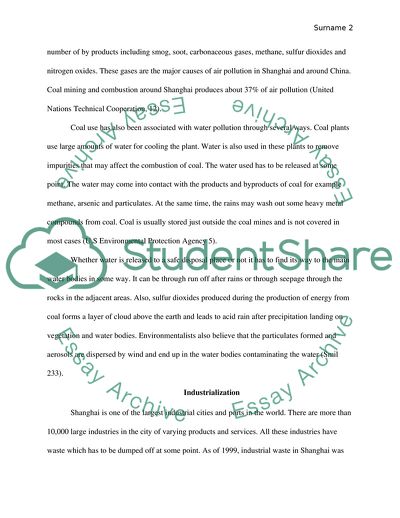Cite this document
(Water and Air Pollution in Shanghai China Coursework - 1, n.d.)
Water and Air Pollution in Shanghai China Coursework - 1. https://studentshare.org/geography/1804700-water-and-air-pollution-in-shanghai-china
Water and Air Pollution in Shanghai China Coursework - 1. https://studentshare.org/geography/1804700-water-and-air-pollution-in-shanghai-china
(Water and Air Pollution in Shanghai China Coursework - 1)
Water and Air Pollution in Shanghai China Coursework - 1. https://studentshare.org/geography/1804700-water-and-air-pollution-in-shanghai-china.
Water and Air Pollution in Shanghai China Coursework - 1. https://studentshare.org/geography/1804700-water-and-air-pollution-in-shanghai-china.
“Water and Air Pollution in Shanghai China Coursework - 1”. https://studentshare.org/geography/1804700-water-and-air-pollution-in-shanghai-china.


